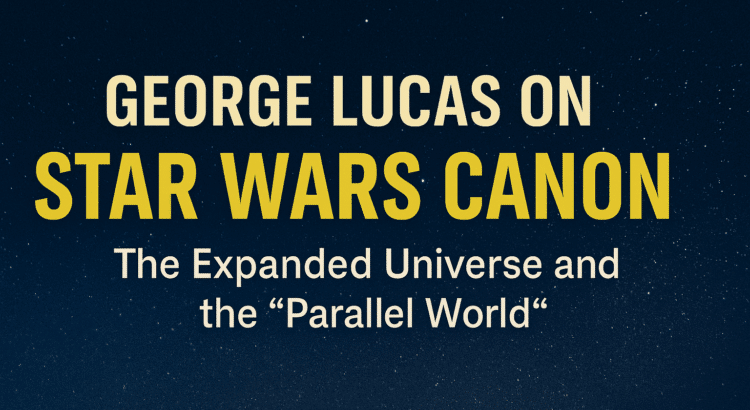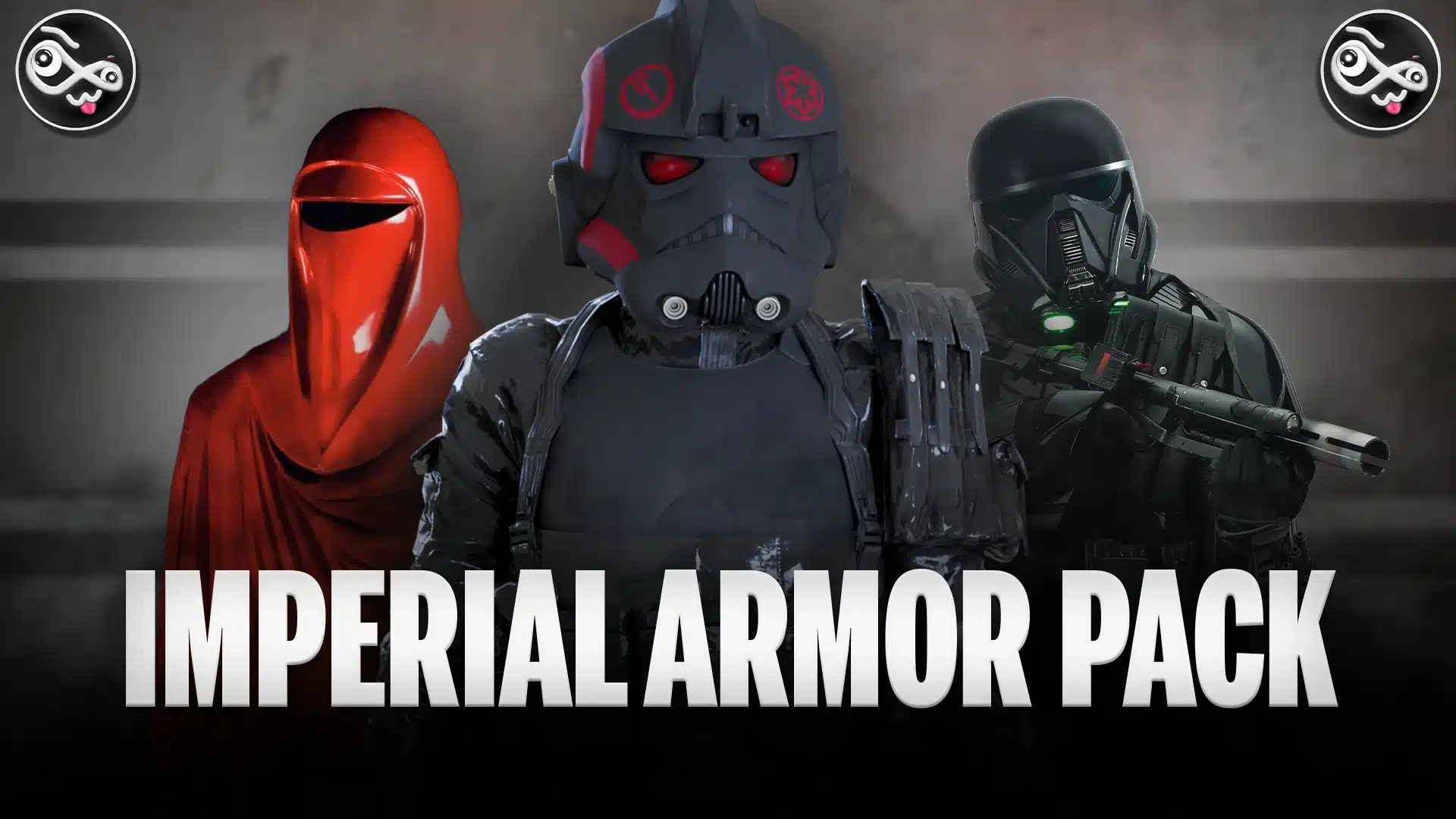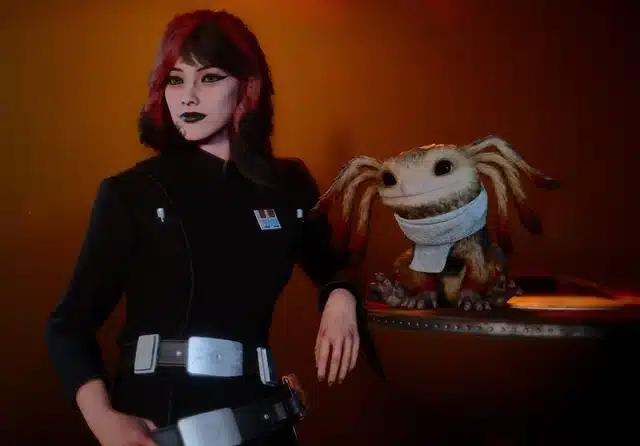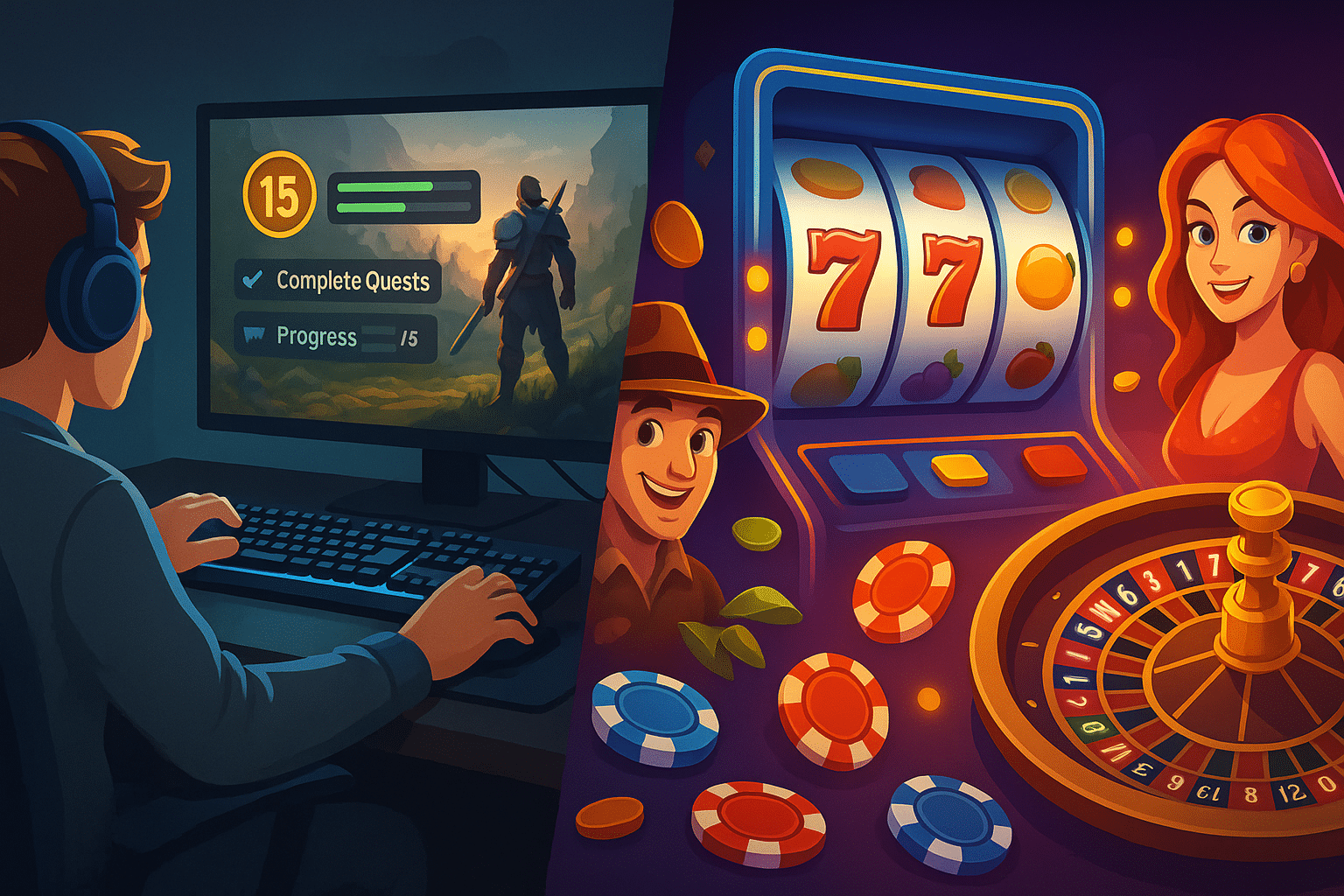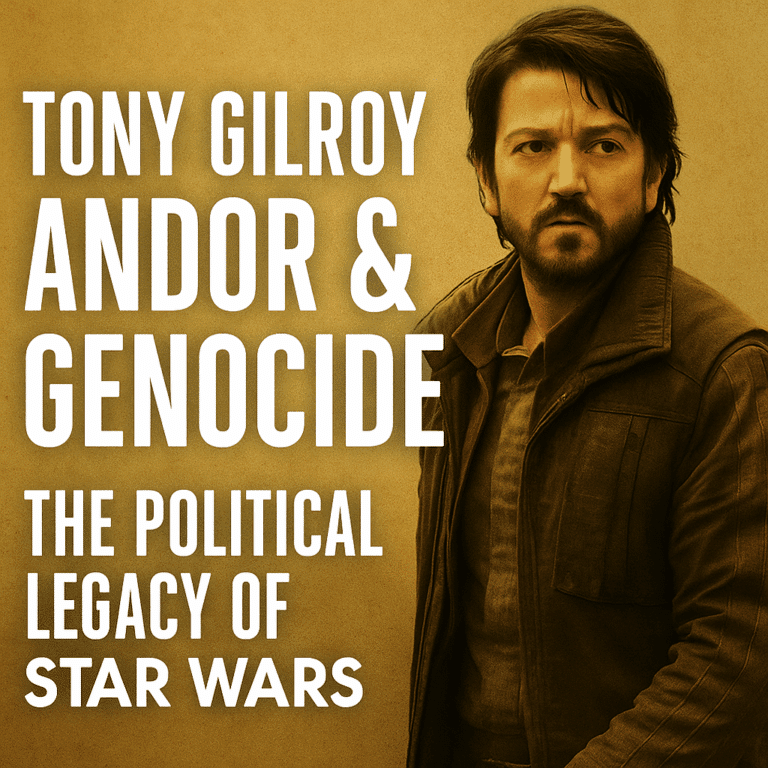Star Wars creator George Lucas on set in 1999. Lucas famously regarded the licensed Star Wars novels, comics, and games as a separate “parallel universe” distinct from his film saga. Over the decades, as the Star Wars Expanded Universe (EU) grew into a vast collection of offshoot stories, Lucas consistently maintained that his movies (and later his own TV projects) were the only true canon of the Star Wars narrative. The books, comics, and games were enjoyable spin-offs – but in Lucas’s view, they did not represent “what is really going on” in his Star Wars world.
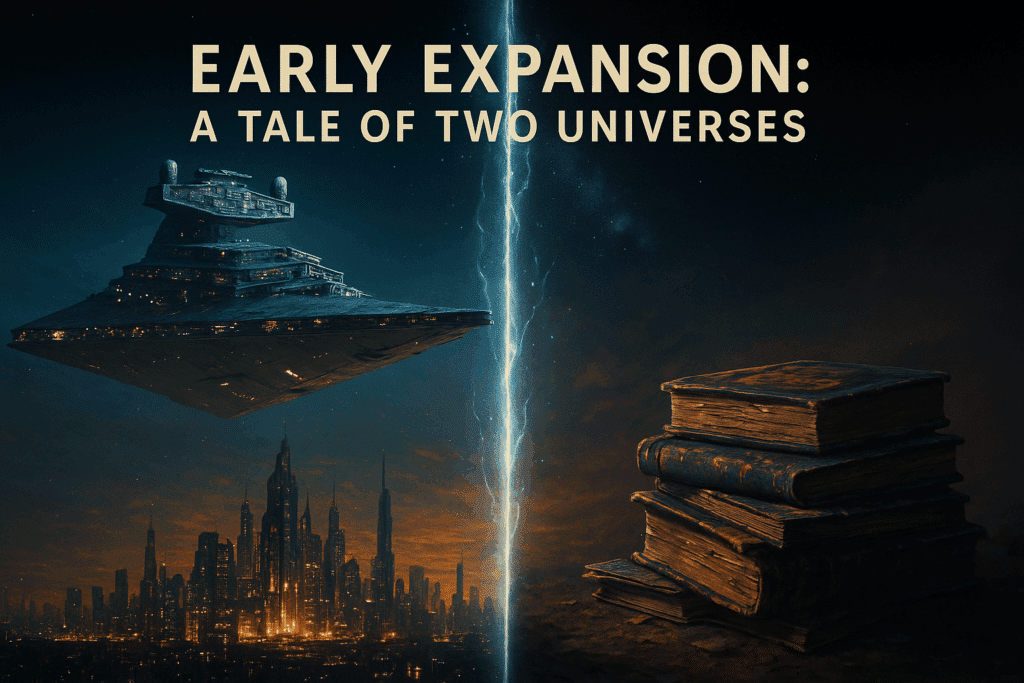
Early Expansion: A Tale of Two Universes
After Return of the Jedi in 1983, Star Wars continued in print with novels, comics, and games. By 1991, Timothy Zahn’s Heir to the Empire and other works launched a new wave of storytelling beyond the films. From the start, Lucasfilm Licensing tried to keep these stories internally consistent (a unified EU continuity) and aligned with Lucas’s films as much as possible. Lucas himself set a few ground rules for this burgeoning EU. For example, he “blocked out certain periods” that authors were not allowed to explore – such as the Clone Wars or the backstory of Anakin Skywalker – because those were key parts of his story that he intended to tell one day. Beyond such restrictions, Lucas gave licensees considerable leeway to invent new characters, events, and even entire eras of galactic history. He acknowledged that they “created this whole amazing universe that goes on for millions of years” alongside his own films.
It quickly became clear, however, that this Expanded Universe was operating on a parallel track. Lucas later revealed that Lucas Licensing president Howard Roffman had compared it to Star Trek’s approach – in Trek, the TV/films and the spin-off novels exist separately. “He once said to me that there are two Star Trek universes… completely different and didn’t have anything to do with each other. So I said, ‘OK, go ahead,’” Lucas recounted. In other words, Lucas agreed early on to let the EU be its own continuity, independent of his film saga. As long as the books and comics didn’t intrude on or contradict the core movie storyline, he was fine with them expanding the galaxy in wild directions. “They don’t intrude on my world, which is a select period of time… I don’t get too involved in the parallel universe,” he explained.
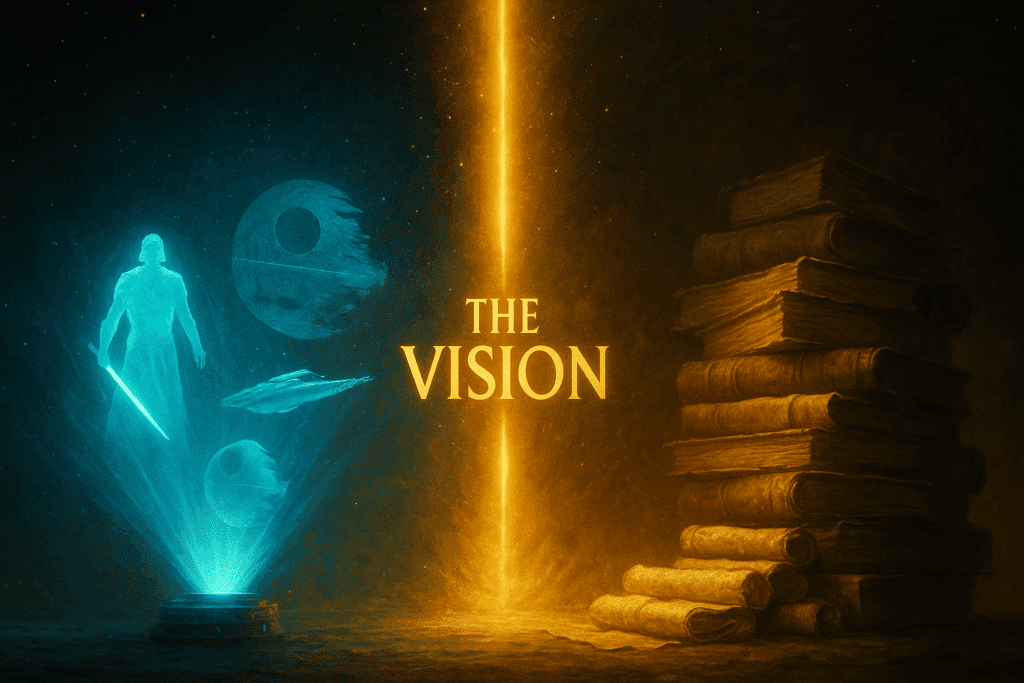
Lucas’s Take on the EU – In His Own Words
George Lucas never hesitated to draw a sharp line between “my world” (the films) and the “other world” of licensed stories. He articulated this stance in numerous interviews over the years, often with striking candor and even humor. For instance, around the time of the Special Edition releases in 1997, Lucas was asked about the Star Wars novels and dismissed them as “another author’s interpretation of what I’ve created, and not to be taken seriously, as far as what is really going on in the Star Wars world.” In a 1999 interview on the BBC’s Film Night, he admitted he stayed completely hands-off with the spin-offs: “The fans… have their own fantasy life that goes around the movies and that’s fine, but I try to keep away from all that; I don’t even read the offshoot books that come out based on Star Wars.”
By the early 2000s, as the Prequel Trilogy was unfolding, Lucas was repeatedly quizzed on whether he considered the expanding library of novels and comics to be part of the official saga. His answers were consistent – and blunt. In a 2001 TV Guide interview about the prospect of Star Wars stories beyond Episode VI, Lucas laughed, “Oh, sure. They’re done outside my little universe.” The following year, he told Cinescape magazine, “There are two worlds here. There’s my world, which is the movies, and there’s this other world… the parallel universe – the licensing world of the books, games and comic books.” He stressed that the EU “doesn’t intrude on my world” and that he doesn’t get involved in that side of Star Wars lore. Likewise, when asked if he oversees the off-screen stories, Lucas said, “You know, I try not to think about that. I have my own world in the movies and I follow it.”
Perhaps the most oft-cited quote came in 2005, after Revenge of the Sith. In an interview with Starlog magazine, Lucas reiterated that the EU was a separate realm of fiction: “I don’t read that stuff. I haven’t read any of the novels. I don’t know anything about that world. That’s a different world than my world.” He explained that when he opened up Star Wars to other creators, “we decided that, like Star Trek, we would have two universes: My universe and then this other one. They try to make their universe as consistent with mine as possible, but obviously, they get enthusiastic and want to go off in other directions.” In short, Lucas made it clear that the Expanded Universe was not his Star Wars canon – it was a “fun” alternate timeline running in parallel.
Lucas even acknowledged that the EU could conflict with his story in places, and he was okay with that. “Howard [Roffman] tries to be consistent but sometimes he goes off on tangents and it’s hard to hold him back,” Lucas joked in 2008, referring to the wild directions the books and comics sometimes took. Continuity beyond the films was simply not his concern – famously, Lucas is said to have quipped “Continuity is for wimps” during production of The Clone Wars, when his staff worried about fitting the TV plots with prior EU lore. His priority was telling his story the way he wanted; the EU was “their world,” as he put it, and he couldn’t “keep up with it” in any case.

The Holocron and Canon Tiers: One-Way Street of Continuity
Despite Lucas’s personal indifference to the EU’s canon status, Lucasfilm did develop an internal system to manage Star Wars continuity. In the late ‘90s and early 2000s, as the EU ballooned, Lucasfilm Licensing attempted to reconcile it all by defining tiers of canon. By 1998, reference works like The Star Wars Encyclopedia drew a distinction between the film canon and the “quasi-canon” of most spin-off materials. In 2000, continuity editor Leland Chee created the Holocron continuity database to catalog every character, planet, and story. Each entry was given a canon level: “G-canon” (George Lucas canon) for the six films (and later The Clone Wars TV series), followed by “C-canon” (the EU continuity canon for most licensed novels/games), “S-canon” (secondary canon for older or contradictory tales that could be overlooked), and “N-canon” (non-canon “What If” stories or blatant contradictions). This hierarchical approach meant that officially, all EU stories mattered – unless they conflicted with Lucas’s higher-tier canon. The flow of canon was one-directional: the films could override or ignore EU story points at any time, but the EU had to avoid contradicting the films. As Chee explained, “GL is certainly not bound by the EU, though [the EU] must follow certain tenets set by George”.
In practice, this meant the Expanded Universe often adjusted itself or issued retcons to accommodate new revelations from Lucas’s movies and TV projects. For example, when Attack of the Clones (2002) introduced an origin for Boba Fett that conflicted with earlier comic backstories, the EU simply retconned the discrepancy. Lucasfilm’s “Holocron continuity” treated the films as gospel and the EU as supplemental – or as Lucas himself summarized, “There’s only one true canon: the films.”. Everything else was a “foggy window” into the Star Wars universe that might contain some truth, but was not absolute.
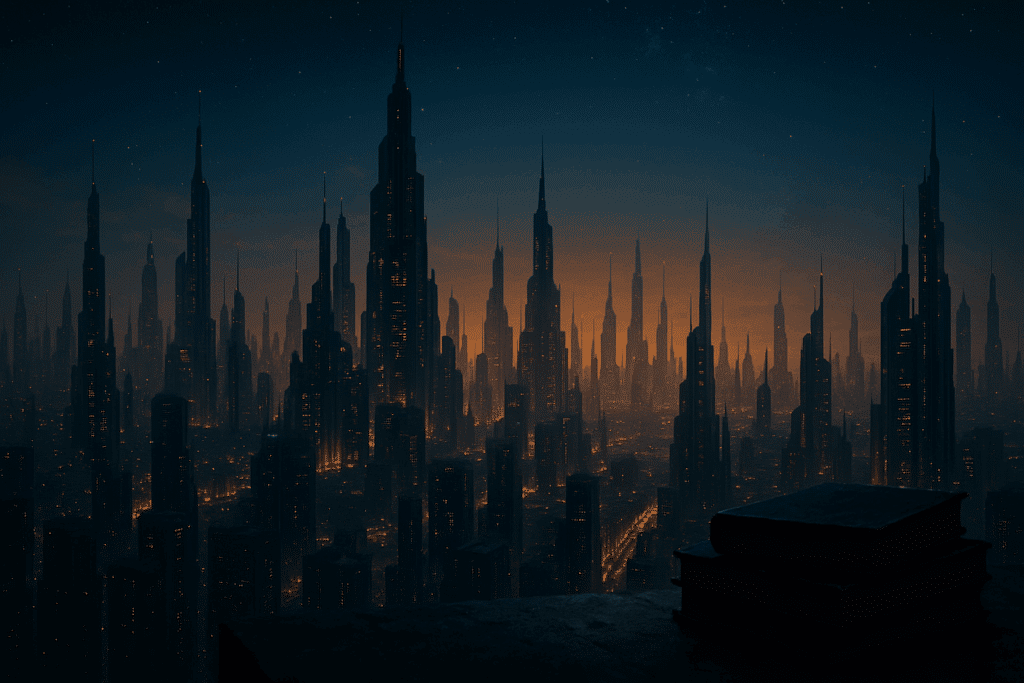
Borrowing Bits from the EU (and Ignoring the Rest)
Although Lucas did not consider the EU part of his official saga, he wasn’t completely oblivious to it. Occasionally, he borrowed ideas or designs that he liked – effectively promoting those elements into his film canon (while disregarding their original EU context). A famous example is the galactic capital world Coruscant: the concept of a city-covered planet was initially in Lucas’s notes (under a different name), but author Timothy Zahn coined “Coruscant” in his 1991 novel. When Lucas needed a name for the Imperial capital in the Prequels, he adopted Zahn’s term, cementing Coruscant in the films. Similarly, the blue Twi’lek Jedi Aayla Secura originated in a comic book; Lucas spotted her artwork and liked it enough to include Aayla as a background Jedi Knight in Attack of the Clones and Revenge of the Sith. The Sith homeworld is another funny case: for years the EU called it Korriban, but when The Clone Wars series depicted it, Lucas arbitrarily renamed it Moraband, simply because he preferred the new name – a small reminder that he could change any EU detail on a whim.
Occasionally, Lucas did get directly involved in EU projects – but even then, he saw them as stand-alone spin-offs. In 2008, Lucas developed the basic story for the video game The Force Unleashed (he green-lit the idea of Darth Vader having a secret apprentice), and he provided some guidance during its production. Yet Lucas still classified Force Unleashed as part of the EU, not his personal canon. (Lucas Licensing treated it as “C-canon” – authoritative for the EU continuity, but not binding on any future films.) In fact, one anecdote from The Force Unleashed’s development perfectly illustrates Lucas’s detached attitude. The game team felt the apprentice character needed a Darth title to feel like a true Sith, so they asked George to please suggest a name. Lucas casually tossed out two ludicrous names: “Darth Icky” and *“Darth Insanius.” There was an awkward silence as everyone waited for the joke – but Lucas was dead serious. The developers politely shelved those cringe-worthy suggestions (opting to keep the character as “Starkiller” in the final game). The story has become fan lore, highlighting that Lucas wasn’t deeply invested in making EU characters cool or credible – he just wasn’t concerned, since it was “their” universe, not his.
Meanwhile, Lucasfilm’s licensing folks did their best to integrate The Clone Wars TV series (2008–2013) with the pre-existing EU, but this proved challenging. Lucas treated Clone Wars as totally authoritative (later dubbed “T-canon“) and felt free to overwrite EU lore. For example, previously established fates of characters like Even Piell or Barriss Offee were blatantly contradicted by Clone Wars, forcing the EU continuity to scramble for explanations. Dave Filoni, supervising director of The Clone Wars, recalled that George told their writing team “to only worry about” the films and the show itself, not any novels or comics. In Filoni’s words: “When I talk to George, I know that he considers his movies, this series and his live-action series canon.” In short, if it wasn’t on screen under Lucas’s oversight, it didn’t count in George’s eyes – though it might exist as a “parallel universe” story for the fans.
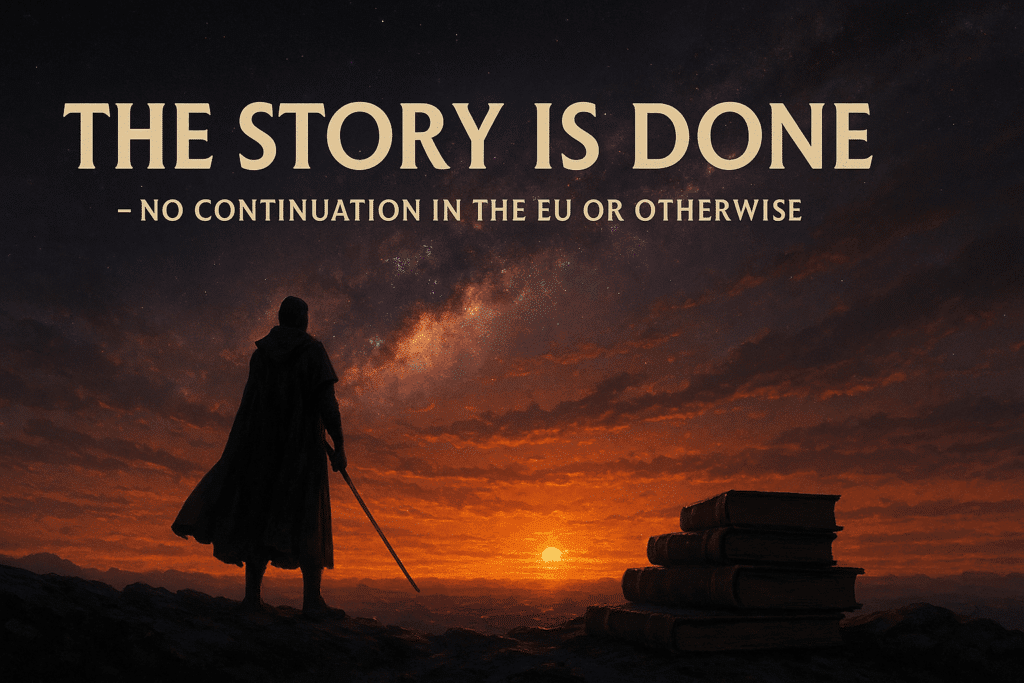
“The Story is Done” – No Continuation in the EU or Otherwise
Lucas consistently maintained that the Star Wars saga had a definitive beginning and end on film: the story of Anakin Skywalker/Darth Vader, from Episode I through VI. Everything outside that was, to him, extrapolation and what-if. Nowhere was this more clear than in his comments about the post-Return of the Jedi EU stories. “And now there have been novels about the events after Episode VI, which isn’t at all what I would have done with it,” Lucas told Total Film magazine in 2008. He went on to bluntly spell out that those books (like Timothy Zahn’s Thrawn trilogy or the Dark Empire comics) were not part of his canon: “The Star Wars story is really the tragedy of Darth Vader. That is the story. Once Vader dies, he doesn’t come back to life, the Emperor doesn’t get cloned, and Luke doesn’t get married.” In Lucas’s version of the galaxy, Darth Vader’s death was final (so no resurrected Palpatine as the Dark Empire comics did), and Luke Skywalker never had a wife or kids. The EU had taken the saga in completely different directions, which was fine as “their” universe, but Lucas plainly didn’t consider those developments part of his narrative arc.
In that same 2008 interview, Lucas revealed he had “left pretty explicit instructions for there not to be any more features” after Episode VI. He had no intention of making an Episodes VII–IX back then – “There is no story, I never thought of anything,” he said, reinforcing that Anakin’s journey was the core tale and it was finished. (Years later, Lucas did draft his own ideas for a sequel trilogy when he sold Lucasfilm to Disney, but those outlines – involving a resurrected Darth Maul and the “Whills,” among other things – were wildly different from both the old EU and the sequels that Disney ultimately produced.) The key point is that Lucas never felt bound by the Expanded Universe’s storyline, nor obliged to continue that version of events.
When Disney acquired Lucasfilm in 2012 and decided to reset the canon (rebranding the EU as Star Wars Legends), it came as a shock to some EU fans. Yet this move was entirely in line with how George Lucas himself had treated the EU all along. Lucasfilm’s Pablo Hidalgo explained in 2012 that even if EU stories got approved for publishing, “they don’t enter [Lucas’s] canon unless they are depicted cinematically in one of his projects.” In other words, Lucas’s Star Wars “canon” was essentially the films and the TV series he directly oversaw, period. So while fans might have loved characters like Grand Admiral Thrawn or Mara Jade from the novels, to Lucas those characters lived in a “parallel universe” that did not intersect with his films – unless he chose to incorporate an element here or there. As Sue Rostoni of Lucas Licensing put it in 2004, “He doesn’t see the expanded universe as ‘his’ Star Wars, but as ‘ours.’” It was a playground that others were allowed to build in, but it wasn’t the “real” Star Wars saga from the creator’s perspective.

Conclusion: Lucas’s Vision vs. the Expanded Universe
George Lucas’s position on Star Wars canon remained remarkably consistent over the years: the only story that “counts” is the one he told (or directly supervised) on screen. All the tie-in media were, as he said, “other people’s Star Wars stories” – enjoyable in their own right, but “done outside my little universe.” He viewed the Expanded Universe as an alternate timeline or mythos running parallel to his own, sometimes intersecting in small ways, but never authoritative over the films. This is why Lucas could cheerfully allow the EU to introduce hundreds of Jedi, Sith, wars, and plot twists without batting an eye – and then turn around and contradict those stories in a new movie or TV episode without feeling any need to apologize. In his mind, it was “two universes” all along.
For general Star Wars fans, this history is a fascinating (and sometimes humorous) reminder that “canon” depends on the storyteller. Lucas was the ultimate arbiter of his saga’s reality, and he treated all licensed add-ons as secondary. So when debates rage about whether Disney’s films “violated” Star Wars canon by ignoring the old novels, one could argue they simply followed Lucas’s lead – building off Lucas’s canon (the films and Clone Wars) and setting aside the rest. After all, even George himself never considered the Expanded Universe to be gospel. As he famously chuckled: “There’s my world… and there’s this other world.” Star Wars has always had room for both, as long as we remember which is which.


